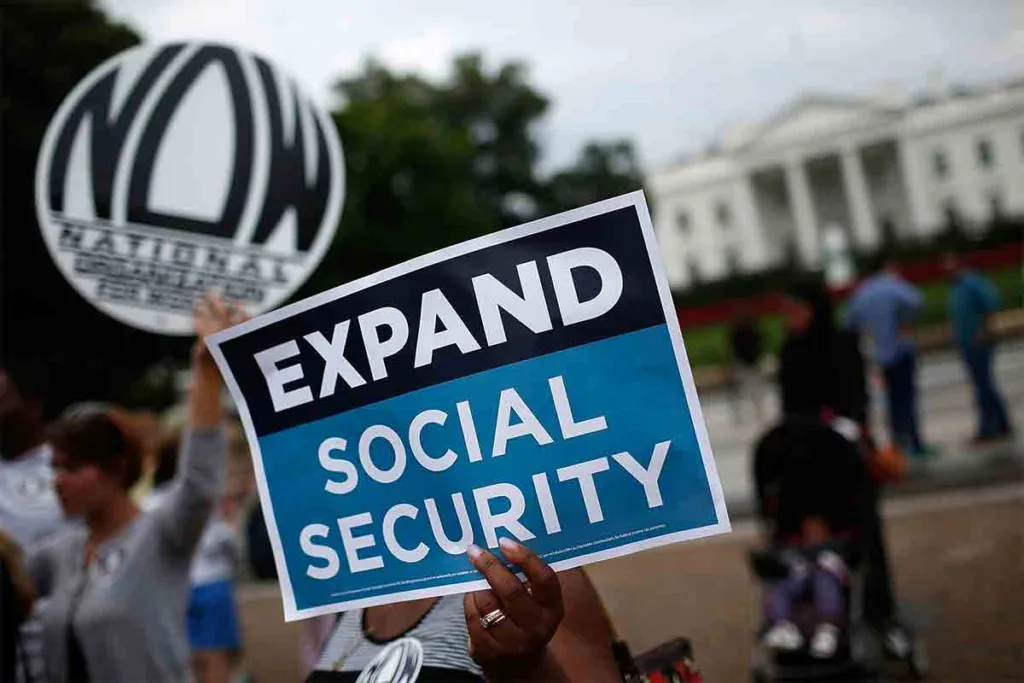Millions of Americans dream of a secure and comfortable retirement. However, for many, this golden age is threatened by the financial strain on Social Security and Medicare. While Social Security’s dwindling reserves have received significant attention, an even more urgent challenge looms for Medicare.
Social Security, a cornerstone federal program, faces a ticking clock with its trust funds – Old-Age and Survivors Insurance (OASI) and Disability Insurance (DI). Projections by the nonpartisan Congressional Budget Office (CBO) show the OASI Trust Fund running dry by 2032, followed by the DI Trust Fund in 2052. This could lead to a 25% reduction in benefits across the board by 2034 unless changes are made. Importantly, Social Security won’t disappear entirely, with ongoing payroll taxes still funding about 75% of benefits.
However, the more immediate concern lies with Medicare. The Medicare Board of Trustees projects the Hospital Insurance Trust Fund, responsible for Part A benefits, to be depleted by 2031. While this is an improvement from earlier predictions due to the pandemic’s impact on healthcare spending, the threat remains significant. Once the trust fund runs dry, potential benefit cuts of 11% could be implemented in 2031, rising to 19% by 2047.
Unlike Social Security, Medicare Parts B and D are funded differently and face less immediate strain. Nonetheless, addressing these challenges requires bold action. Potential solutions include increasing revenue through payroll tax adjustments, raising or eliminating the payroll tax cap for Social Security, or allocating more general revenue to these programs. Alternatively, cost-cutting measures like reducing benefits, lowering Medicare reimbursements, or raising eligibility ages could be explored. However, any of these approaches would likely result in some level of financial hardship for Americans.
Ignoring these issues isn’t an option. Inaction could have severe consequences for retirees and the broader economy. While enacting unpopular measures might be politically challenging, the alternative is far worse. The time to act on these critical issues is now, before it’s too late.
Policymakers face a complex balancing act. Increasing revenue could burden taxpayers, while reallocating general funds could impact other government services. Similarly, spending cuts through benefit reductions or eligibility age increases, while potentially easing financial strain on the programs, could disproportionately impact vulnerable populations.
PEOPLE ALSO READ
Early Retirement Tug-of-War: A Tale of Two Legal Eagles and Disparate Dreams
Finding a balanced solution that ensures the long-term sustainability of Social Security and Medicare while minimizing negative effects is crucial. Bipartisan cooperation and public engagement are essential for garnering support for necessary reforms.
The future of these vital safety nets and the well-being of current and future retirees depend on proactive and decisive action. Delaying or ignoring these challenges only amplifies the risks and diminishes the prospects for a secure retirement for millions of Americans. By confronting these issues head-on, policymakers can safeguard these programs and ensure a brighter future for generations to come.
